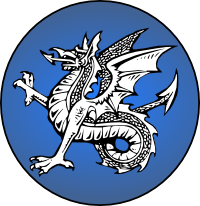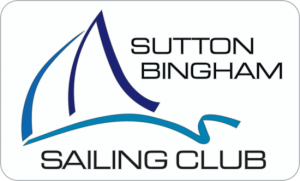History
Sutton Bingham Sailing Club was founded in the early 1970’s on the reservoir that it shares its name with. The club initially sailed only in adopted classes, if you didn’t own one of them you didn’t sail. Originally the classes were fleets of Mirrors, Marauders (or Mirror 14s), Miracles and Enterprises. As plastic boats became more prevalent 420s, Toppers, Solos and Lasers found their way to the front. Eventually, and despite many arguments in club AGM’s, the adopted class ideal disappeared to allow any class of boat with a Portsmouth Number to sail at the club. All sorts of weird and wonderful classes have sailed here, even including a Flying Dutchman at one point, although it should be said it was a little large really for the lake. This lead to the introduction of the maximum length rule meaning that these wonderful boats wouldn’t be seen on the water again.
Although any class of boat could be sailed at the club, racing still was mostly class racing, with a small menagerie fleet racing solely under the PY scheme. These days that has gone and everyone races together under PY racing in 4-5 series a year. There is now a Club Championship race where the top crew wins the coveted accolade.
The sailing club’ s original logo was the Wyvern based on a blue background.

The Wyvern is the traditional symbol of the Kingdom of Wessex during the time of Alfred the Great and through to the 10th century. Although its use faded away, it still resides in many club logos and other heraldic symbology. In the 1970’s William Crampton designed a new flag for the region of Wessex which was a gold Wyvern on a red background. Although for many generations the Wyvern was replaced by the Dragon, the colours remained the same. Slowly but surely the Wyvern has returned, although the club always had it, and in 2013 the Department for Communities and Local Government (DCLG) in London even raised the flag over their offices celebrating Wessex Day. Recently the county of Somerset adopted a new flag based on that design, though this time it used the county councils emblem of a dragon in place of the Wyvern. We are sure you can find a more detailed history on the flags of Wessex and Somerset online. However the club felt that it wanted a more modern logo than the 40 year old design above which is this

With the adoption of this more modern logo for the sailing club, the Wyvern seems to have disappeared from this part of Wessex, although if you look carefully you can still see the Wyvern dotted around the club.
The reservoir was completed in 1955 to provide Yeovil & South Somerset with a source of water. It cost £1,000,000 to build and resulted in the flooding of the valley drowning Sutton Mill. The old medieval church still exists to this day on the southern shore of the top of “T” of the reservoir and is the home to some important original paintings. You can access it via the picnic area just over the causeway from the club entrance. The lake is 142 acres when full holding 2,600 million litres of water.
The most southerly tip of the reservoir down the “Halstock Leg”, or the southern part of the “T”, is a nature reserve which is a site of national importance for wildfowl and other migrant birds. Often you can see Great Crested Grebes performing their mating dances just in front of the clubhouse.
The reservoir is also the home to fisherman and canoeists. The former can be found on the banks or out on the water in small boats, predominantly fly fishing or on certain days there is also course fishing. The canoes can be found near the bottom of the Halstock Leg just off the road to the village of Halstock.
